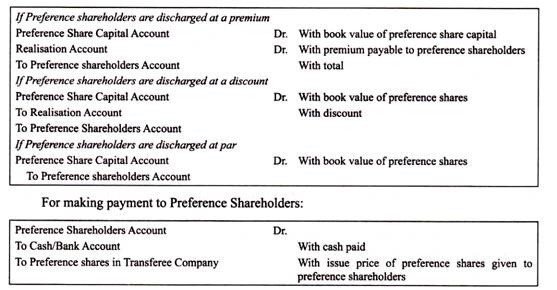Preparation of Financial statement, General-purpose financial statements
Preparing general-purpose financial statements; including the balance sheet, income statement, statement of retained earnings, and statement of cash flows; is the most important step in the accounting cycle because it represents the purpose of financial accounting.
Preparation of your financial statements is one of the last steps in the accounting cycle, using information from the previous statements to develop the current financial statement.
The preparation of financial statements involves the process of aggregating accounting information into a standardized set of financials. The completed financial statements are then distributed to management, lenders, creditors, and investors, who use them to evaluate the performance, liquidity, and cash flows of a business. The preparation of financial statements includes the following steps (the exact order may vary by company).
In other words, the concept financial reporting and the process of the accounting cycle are focused on providing external users with useful information in the form of financial statements. These statements are the end product of the accounting system in any company. Basically, preparing these statements is what financial accounting is all about.
Preparing general-purpose financial statements can be simple or complex depending on the size of the company. Some statements need footnote disclosures while other can be presented without any. Details like this generally depend on the purpose of the financial statements.
For instance, banks often want basic financials to verify a company can pay its debts, while the SEC required audited financial statements from all public companies.
Financial statements are prepared by transferring the account balances on the adjusted trial balance to a set of financial statement templates. We will discuss the financial statement form in the next section of the course.
Step 1: Verify Receipt of Supplier Invoices
Compare the receiving log to accounts payable to ensure that all supplier invoices have been received. Accrue the expense for any invoices that have not been received.
Step 2: Verify Issuance of Customer Invoices
Compare the shipping log to accounts receivable to ensure that all customer invoices have been issued. Issue any invoices that have not yet been prepared.
Step 3: Accrue Unpaid Wages
Accrue an expense for any wages earned but not yet paid as of the end of the reporting period.
Step 4: Calculate Depreciation
Calculate depreciation and amortization expense for all fixed assets in the accounting records.
Step 5: Value Inventory
Conduct an ending physical inventory count, or use an alternative method to estimate the ending inventory balance. Use this information to derive the cost of goods sold, and record the amount in the accounting records.
Step 6: Reconcile Bank Accounts
Conduct a bank reconciliation, and create journal entries to record all adjustments required to match the accounting records to the bank statement.
Step 7: Post Account Balances
Post all subsidiary ledger balances to the general ledger.
Step 8: Review Accounts
Review the balance sheet accounts, and use journal entries to adjust account balances to match the supporting detail.
Step 9: Review Financials
Print a preliminary version of the financial statements and review them for errors. There will likely be several errors, so create journal entries to correct them, and print the financial statements again. Repeat until all errors have been corrected.
Step 10: Accrue Income Taxes
Accrue an income tax expense, based on the corrected income statement.
Step 11: Close Accounts
Close all subsidiary ledgers for the period, and open them for the following reporting period.
Step I2: Issue Financial Statements
Print a final version of the financial statements. Based on this information, write footnotes to accompany the statements. Finally, prepare a cover letter that explains key points in the financial statements. Then assemble this information into packets and distribute them to the standard list of recipients.
